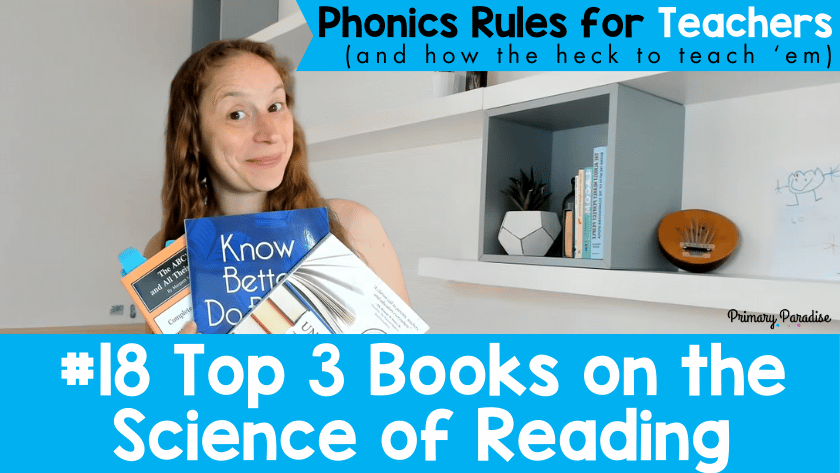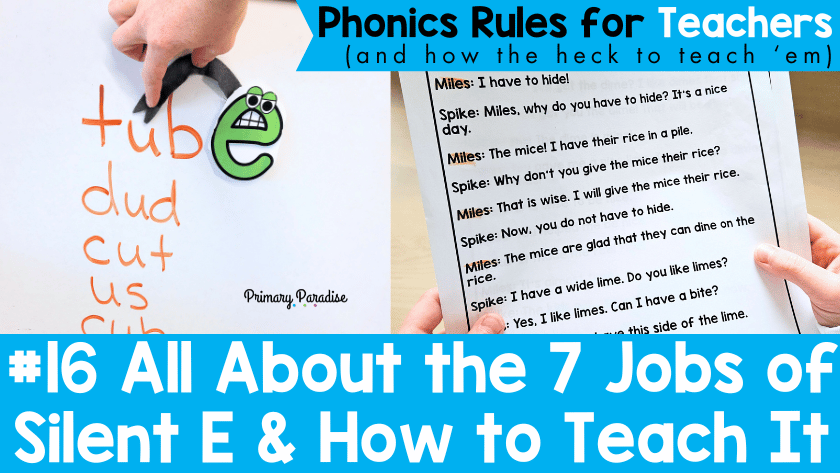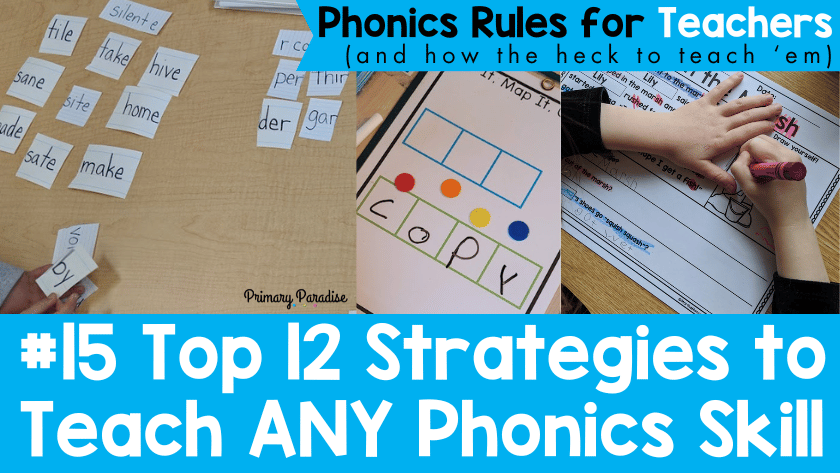Understanding the vowel team syllable can seem complex. There are many vowel teams in the English language, so how can we teach vowel teams to our students? Let’s look at what a vowel team is generally and how to introduce this syllable type in your classroom. This is post 20 in my series Phonics Rules for Teachers (and How the…
Getting started with the science of reading can feel overwhelming. It can be hard to know where to start with structured literacy or understanding phonics. While there is a lot of information out there, it can be a daunting task to choose the first phonics books for understanding systemic literacy instruction. Here are my top 3 science of reading books…
Teaching students when to use ch or tch can seem tricky. Is there a simple, clear phonics rule? Today we’ll look at how to know when to use tch vs ch and how to teach this to your students. This is post 17 in my series Phonics Rules for Teachers (and How the Heck to Teach ‘Em). If you’d like to…
Silent e does a lot more than making vowel sounds long. Silent e has 7 specific jobs in the English language. Here is everything you need to know about the silent e syllable and how to teach the jobs of silent e to your students. This is post 16 in my series Phonics Rules for Teachers (and How the Heck…
When teaching a new phonics skill, you don’t need to have 500 strategies up your sleeve. Instead, you need a handful of simple, engaging, effective activities. Here are 12 phonics based strategies to use when you’re practicing any new spelling pattern or syllable type with your students. This is post 15 in my series Phonics Rules for Teachers (and How…




